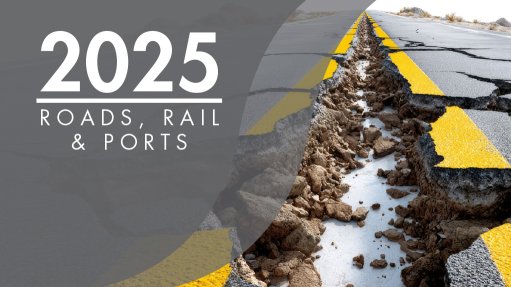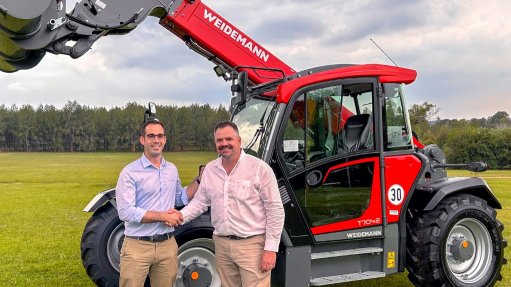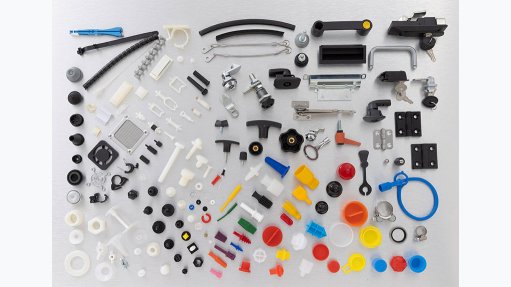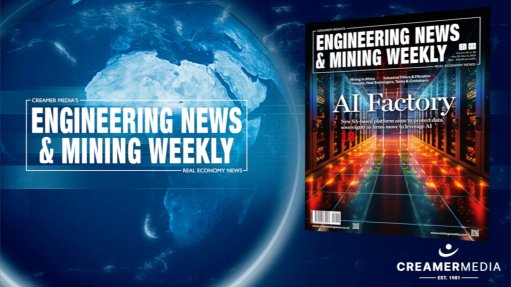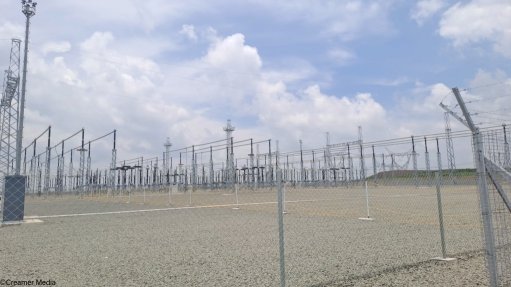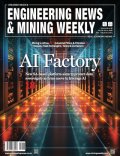How automated lending improves access and reduces bias
This article has been supplied.
By David Reynders, CTO, Merchant Capital
Access to finance remains uneven in South Africa. Smaller businesses, particularly in the informal sector, rural communities, or women-led enterprises, still encounter friction that feels structural. Much of the debate turns on bias. Are entrepreneurs excluded because of who they are, or because of how their businesses are assessed?
The reality is that the profit motive itself is a strong (although imperfect) antidote to bias. No lender wants to lose money by turning away a viable customer. In smaller, closely managed businesses, decisions are often checked against commercial outcomes. So, if profitable customers are being declined, someone will notice. The risk of bias increases in larger organisations, where adjudicators are further removed from profitability and decisions may be less consistently reviewed.
However, even the profit motive is not enough. Automation helps by narrowing the room for subjectivity. In traditional lending, people make decisions, and when the data is inconclusive and does not clearly support an approval or a decline, instinct can tip the outcome. Automated scorecards work differently. They are rules-based models that evaluate defined variables drawn from verifiable data. Each input is explicit and testable. If a variable is relevant, it stays. If it is not, it falls away. That clarity removes the grey areas where unconscious bias can creep in.
The focus shifts from assumptions about people or places to observable behaviour. Models examine signals that can be verified, such as the reliability of transactions on a bank statement. For example, a run of debit order reversals is not a judgment on the owner; it is an objective indicator of account performance. By making rules visible and auditable, automation does not replace judgment; instead, it makes it more accountable. That builds confidence in the fairness of outcomes for both funders and business owners.
Round-the-clock lending
Fairness is essential, but for SMEs, speed often decides survival. The time it takes to approve or decline an application can make or break a deal, ensure stock arrives on time, or mean salaries get paid. When a workflow is engineered correctly, applications can be processed at any hour. Rules do not sleep. That matters in a market where access to finance often determines whether a small business can survive its next sales cycle.
To reduce friction, we removed slow, accountant-dependent paperwork and focused on data that can be verified quickly. With your consent, we conduct credit checks and review bank statements or link to your accounting software. On that basis, we can generate an offer within five to ten minutes of receiving the data. The application becomes easier to submit, decisions arrive faster, and opportunities for bias to creep in are reduced.
A dynamic credit environment
Automation also reshapes how credit is maintained after the initial decision is made. Where customers consent to ongoing access to transactional data, reassessment becomes continuous rather than episodic.
Facilities update automatically. Instead of reapplying, the customer sees a current view of what is available and can act when an opportunity arises. For businesses with short planning horizons, that always-on visibility shortens the distance between a decision and a deal.
Use AI carefully
While the momentum toward full AI adoption is understandable, it is important not to overlook the value of traditional scorecards. Unlike many AI-driven models, scorecards are transparent and accountable. Every rule is visible, every threshold can be interrogated, and credit committees can see exactly how a decision was made. That clarity matters in a market where trust is as important as speed.
By contrast, true AI models infer rules from context. If the training data overrepresents successful suburban firms and underrepresents successful township firms, the engine can learn the wrong lesson and apply it at scale. In that environment, the risk of bias can increase rather than decrease, unless governance is rigorous and the training context is carefully managed. For now, the responsible path for SME credit is to keep building on clear, testable algorithms, while introducing AI selectively and only where outcomes can be explained.
An engineering perspective
My career began in engineering, long before I transitioned into IT and financial services, and that discipline still shapes how I solve problems. Good engineers have a helpful kind of laziness: if a task repeats, automate it. A decade ago, underwriters were re-capturing six months of bank statements into spreadsheets. Computers excel at ingesting structured data. People are better at making judgments and forming relationships. Let computers calculate. Let analysts decide where capital has the most meaningful impact. Free the entrepreneur to run the business rather than chase paperwork, that is what well-designed automation should deliver.
The next frontier is not only better models, but also more effective ones. It is a tighter, always-on integration that tells a business, in plain language, what it can access right now. It is also retaining the human touch.
Automation can inadvertently squeeze the relationship out of finance, which would be a mistake in a market where many owners feel alone. Speed matters, and so does the sense that your funder knows you and cares about the outcome. The future of automated lending in South Africa will strike a balance between both. The machine will ensure the process is both honest and fast. The people will keep it fair and human.
Article Enquiry
Email Article
Save Article
Feedback
To advertise email advertising@creamermedia.co.za or click here
Comments
Announcements
What's On
Subscribe to improve your user experience...
Option 1 (equivalent of R125 a month):
Receive a weekly copy of Creamer Media's Engineering News & Mining Weekly magazine
(print copy for those in South Africa and e-magazine for those outside of South Africa)
Receive daily email newsletters
Access to full search results
Access archive of magazine back copies
Access to Projects in Progress
Access to ONE Research Report of your choice in PDF format
Option 2 (equivalent of R375 a month):
All benefits from Option 1
PLUS
Access to Creamer Media's Research Channel Africa for ALL Research Reports, in PDF format, on various industrial and mining sectors
including Electricity; Water; Energy Transition; Hydrogen; Roads, Rail and Ports; Coal; Gold; Platinum; Battery Metals; etc.
Already a subscriber?
Forgotten your password?
Receive weekly copy of Creamer Media's Engineering News & Mining Weekly magazine (print copy for those in South Africa and e-magazine for those outside of South Africa)
➕
Recieve daily email newsletters
➕
Access to full search results
➕
Access archive of magazine back copies
➕
Access to Projects in Progress
➕
Access to ONE Research Report of your choice in PDF format
RESEARCH CHANNEL AFRICA
R4500 (equivalent of R375 a month)
SUBSCRIBEAll benefits from Option 1
➕
Access to Creamer Media's Research Channel Africa for ALL Research Reports on various industrial and mining sectors, in PDF format, including on:
Electricity
➕
Water
➕
Energy Transition
➕
Hydrogen
➕
Roads, Rail and Ports
➕
Coal
➕
Gold
➕
Platinum
➕
Battery Metals
➕
etc.
Receive all benefits from Option 1 or Option 2 delivered to numerous people at your company
➕
Multiple User names and Passwords for simultaneous log-ins
➕
Intranet integration access to all in your organisation







